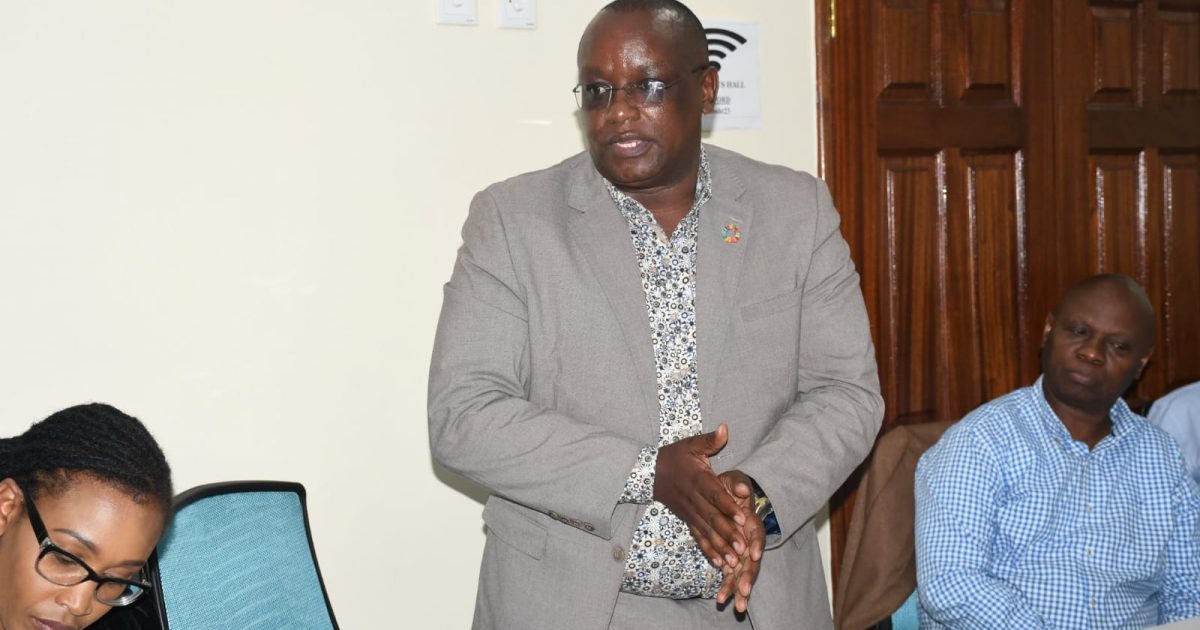A team from the Kenya Informal Settlement Improvement Project (KISIP II) and the County Project Coordination Team (CPCT) held a validation workshop to address the socio-economic planning of basic infrastructure in informal settlements within Nakuru city.
During the workshop held at a local hotel, the consultants were tasked with reviewing their output physical plans to ensure that they align with the aspirations of the county government requirements and support the development of community-led plans (CDPs).
The Chief Officer for Housing and Urban Development Kamau Kuria said the plans are intended to fulfill the basic service and livelihood needs of the community in the second phase of the project, which is funded by the World Bank. The Key thematic areas focused on by the team include solid waste management, crime and violence prevention, socio-economic inclusion, and disaster management.
Kuria emphasized that the propositions align with Nakuru County’s agenda to enhance living standards and promote sustainable development. He urged the consultants to devise innovative and sustainable programs that assist the youth in earning a living and improving their overall living conditions as they implement the basic infrastructure at the informal settlement areas.
The officer emphasized the importance of sustainable infrastructure since it contributes to the resilience of informal settlements against the impacts of climate change, such as the current floods caused by the ongoing El Nino rains or other unanticipated extreme weather events.
Apart from that, the chief officer said infrastructure improvements play a major role in contributing to the regulation of informal settlements by providing residents with legal recognition and access to public services.
However, he advised the consultants that for the realization of infrastructure improvement initiatives, it’s crucial to adopt a holistic and participatory approach, involving local communities, government agencies, and other stakeholders.
Additionally, he said a better-quality substructure would lead to access to basic services such as water supply and sanitation facilities leading to the reduction of waterborne diseases and improving the overall health of the residents.
Finally, he noted that enhanced infrastructure would support the national government’s agenda of constructing affordable houses. Leading to security and safety, since well-lit streets contribute to reducing crime rates and improving the overall well-being of the residents.
By Veronica Bosibori



